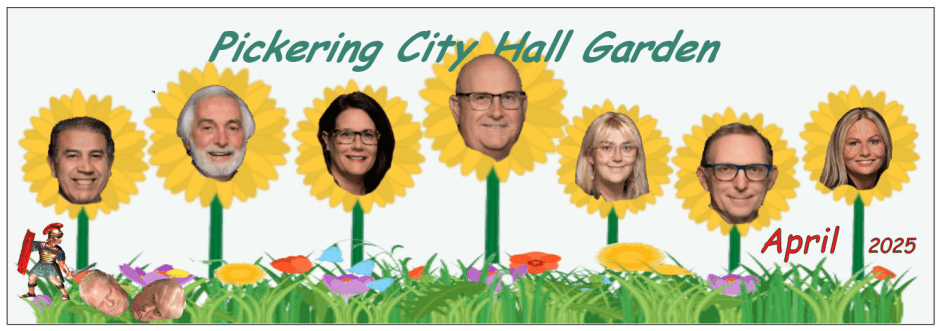
-
Seniors want to stay in their homes and be independent for as long as possible but sometimes need more support and care.
-
Different types of housing exist to maintain their autonomy, support social relationships, health and well-being, ensure security and independence, as well as encourage their participation in activities.
-
Take the time to analyze your needs and consider the different options available to you.
Are you part of the majority of older adults who want to age at home as long as possible? There are indeed several advantages to aging in place: a feeling of belonging, participation in community life, neighborhood support, better physical and mental health.
As the level of autonomy and needs evolve, it may become more challenging to meet the care needs of older adults at home. It may be necessary to look to other types of housing arrangements. Some will offer more flexible and adaptable physical arrangements, as well as better access to care and services, and allow you to socialize and participate in activities.
If you think you might have to explore other housing arrangements, but are still active and independent, what are your options?
What research tells us
A recent systematic review identified 46 studies examining community-based housing models that support aging in place.(1) Five models were identified:
– Village-type models are neighborhoods for older adults offering residents access to services, activities and amenities to promote independent living and active social life within the community.(2)
– Naturally occurring retirement communities are communities with a large proportion of residents over the age of 60. These communities, however, were not specifically planned or designed to meet the needs of older adults living independently in their homes. These communities evolve naturally as people age in place or migrate to the same region.(3)
– Cohousing models are designed to resemble a residential environment relying on the spirit of community (and sometimes even an intergenerational environment). These models promote privacy while providing access to shared spaces and some interdependence among residents to reduce individual burden. Formal and informal support is offered to increase the safety and independence of residents.(4)
– Continuing care retirement communities offer services, care and leisure. They aim to support residents’ ability to age in place by meeting their needs as they age and require more support and care. This is to prevent their relocation to long-term care facilities if levels of care change.(5)
– Sheltered housing models are offering adapted services that promote independent living. Such housing is sometimes intended to provide affordable housing and thereby control the expenses associated with care facilities.(6)
If you want to determine which housing model is best for you, there are four main things to consider according to the systematic review:
1. Social relationships: One of the important aspects in supporting optimal aging is the ability to bond with members of your community. Pay attention to the built environment, the availability of and access to services, social supports, and the attitudes of other residents.
2. Health and well-Being: It is important to think about which housing model is most conducive to providing an environment that can contribute to your health and well-being. Access to shared spaces, such as parks, gardens or swimming pools, as well as to common activities will allow you to be socially active, to realize yourself through volunteering and the maintenance of common facilities, to garden and improve your physical and mental health.
3. Sense of security and autonomy: It is important to feel safe in your house. Some can be adapted according to your physical limitations, which will allow you to go about your daily tasks without outside help.
4. Participation in activities: As social, physical, and recreational activities generally take place outside, ensure that there are common areas on site or safe community parks nearby. In addition, some settings allow residents to organize gatherings or informal activities themselves, based on affinities, new friendships and interests, just like at home!
Be proactive
Housing decisions are complex and sensitive. It’s worth being proactive and planning ahead.
– Think about your current and future needs, but also your personal values and preferences (and feel free to communicate them).
– Discuss the different options available with your loved ones and your health and social services professionals (and don’t forget to consider whether home modifications, the addition of services or new assistive technologies would allow you to remain in your own home).
Source: McMaster Health Sciences Optimal Aging










